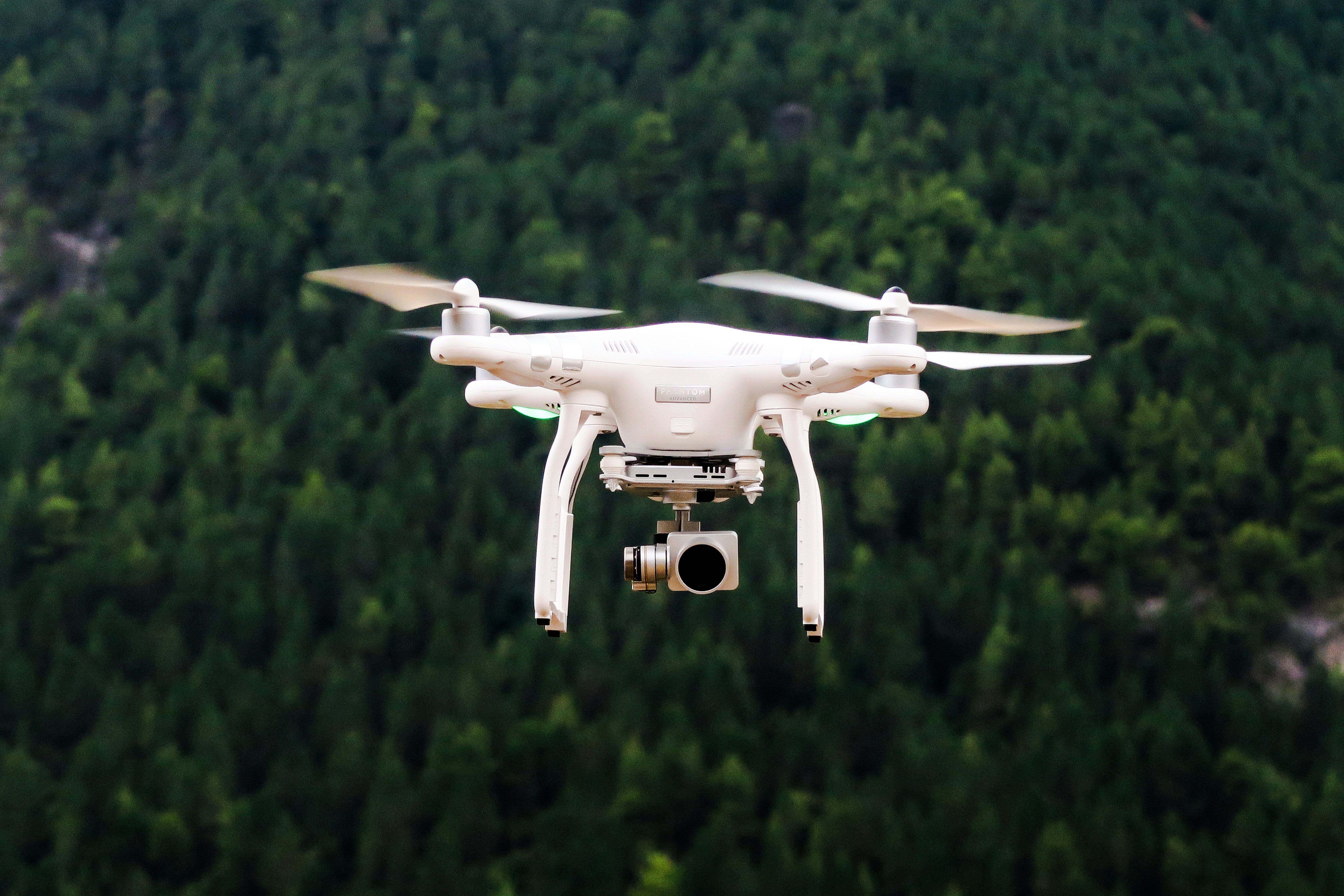Harnessing Drone Technology for Quick and Accurate Assessments
In the aftermath of a hurricane, one of the most crucial tasks is assessing the damage. Traditionally, this has been a time-consuming and often hazardous process for emergency responders. However, technological advancements are transforming this landscape. Drones, or unmanned aerial vehicles (UAVs), are proving to be invaluable tools in rapidly evaluating damage, allowing for more efficient response and recovery operations.
Why Drones Are Essential in Post-Hurricane Scenarios
Drones offer several advantages over conventional methods. Firstly, they can reach areas that may be inaccessible or unsafe for human inspectors due to flooding, debris, or structural instability. With high-resolution cameras and advanced sensors, drones provide detailed aerial images that can be analyzed to determine the extent and nature of the damage.
Moreover, drones can cover large areas quickly, providing real-time data that helps emergency management teams prioritize areas that need immediate attention. This capability significantly reduces the time it takes to assess the situation on the ground, enabling a faster response that could potentially save lives and resources.
Integration with Other Technologies
Drones aren’t working alone. They are often integrated with other advanced technologies, such as AI and machine learning, to enhance their efficiency. These technologies can process the vast amounts of data collected by drones, identifying patterns and anomalies that human analysts might miss. This integration further accelerates the decision-making process, improving the allocation of resources during a disaster response.
For example, AI algorithms can analyze drone footage to classify damaged structures, identify obstructed roads, or locate stranded individuals. These insights are crucial for directing first responders to where they are needed most, enhancing the overall effectiveness of the emergency response effort.
Case Studies: Drones in Action
In recent years, the application of drones in hurricane response has been demonstrated in several instances. For instance, after Hurricane Harvey, drones were deployed to assess the damage across Houston, providing crucial data that informed recovery strategies. Similarly, during Hurricane Florence, drones played a key role in monitoring flooding and directing rescue operations.
The results from these cases show a clear pattern: drones not only expedite the assessment process but also improve the accuracy of the information collected. This results in more targeted and efficient response strategies, ultimately contributing to faster recovery times.
Challenges and Considerations
While the benefits of using drones in hurricane damage assessment are clear, there are also challenges and considerations to address. Regulatory constraints often limit where and how drones can be used, particularly in disaster-stricken areas where airspace is restricted for safety reasons. It’s crucial for organizations to work closely with agencies like the FAA to ensure compliance and safety.
Furthermore, the effective deployment of drones requires skilled operators and well-defined protocols to ensure that the data collected is accurate and useful. Investment in training and infrastructure is necessary for communities to fully benefit from drone technology in disaster response scenarios.
The Future of Drone Technology in Disaster Response
Looking ahead, the role of drones in hurricane damage assessment is likely to expand as technology continues to evolve. As drone capabilities improve, with longer flight times and more advanced sensors, their effectiveness and efficiency will only increase. Moreover, collaborations between government agencies, non-profits like HelpNow, and private companies can foster innovations that further enhance drone applications in disaster management.
For those interested in learning more about disaster preparedness and emergency response training, explore the courses offered by HelpNow. By equipping individuals and organizations with the right skills and knowledge, we can enhance our collective resilience against natural disasters.
Contributing to a Safer Future
The integration of drones in hurricane damage assessment is a prime example of how technology can be leveraged to improve disaster response efforts. By providing quick, accurate assessments, drones empower emergency responders to act swiftly and efficiently, ultimately aiding in the recovery and rebuilding process.
As we continue to face the challenges posed by hurricanes and other natural disasters, embracing such innovative solutions will be critical in enhancing our preparedness and resilience. Engaging in volunteer opportunities and supporting organizations focused on disaster response can also make a significant impact in building a safer, more resilient future for all.
For more information on disaster response and preparedness, visit the HelpNow blog or reach out to our team through our contact page.

